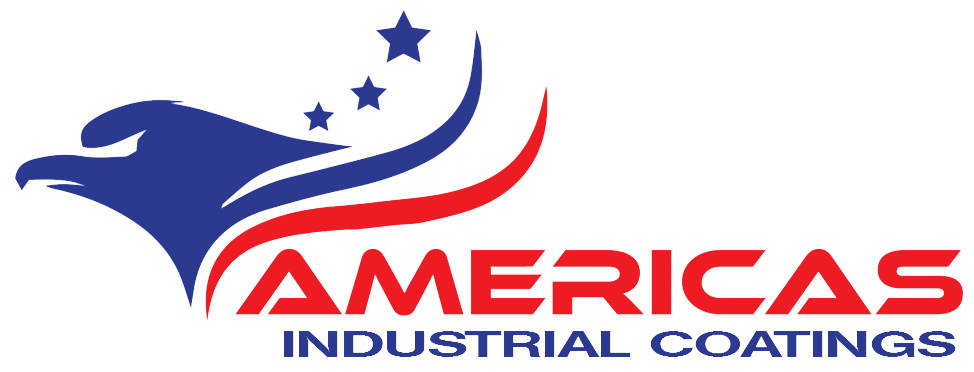Commonly found in garages and basements, epoxy is a combined chemical that consists of a resin and a hardener which, once dry, produces a tough, long-lasting coating.
In addition to being strong, this coating is impenetrable to oil and is slip-resistant, making it an excellent product to use on flooring in a heavy-traffic area. However, the industrial world isn’t the only place where epoxy flooring is hailed. Within the design industry, epoxy is recognized as being more than just a way to protect a floor. It’s also viewed as an extremely versatile product, capable of transforming a ho-hum area into a show-stopping work of art. So, even if you don’t need an industrial strength floor, you might consider getting epoxy flooring for its aesthetic appeal.
Part of the interest designers have in epoxy flooring is that once completely dry, the floor will present a high, glossy shine. Although this gloss is common to any epoxy brand, many companies achieve this look by putting an additional topcoat over the standard epoxy mix. Fortunately, with some companies, that’s not necessary. All of their epoxy mixes contain a built-in UV inhibitor -the ingredient necessary to produce long lasting sheen.
This gives the buyer a professional shine without the added work.
Another reason that epoxy flooring is on a short list for designers is that it can be easily personalized. The two chemicals that are mixed together to create the epoxy are also referred to as the base coat. And, gray is no longer the only option when choosing a base coat. Now, basecoats are available in any color imaginable. This means that designers can select a color that compliments, contrasts, or highlights the space they’re reinventing. The color options are only limited by the company that offers them. You are encouraged to check out the many colors at their disposal. Some sites, you’ll also find an Interactive Design Tool. Here, you can view the colors and get assistance in deciding which is the right shade for your project.
The custom looks of epoxy flooring does not stop at basecoats. In addition to choosing a floor color, buyers also have the option to enhance their floor’s uniqueness with anti-slip flecks.
Generally, these anti-slip agents are chips that come in various colors and are sprinkled on top of poured epoxy (prior to it curing). Anti-slip flecks are made of acrylic and provide a decorative touch to an epoxy floor. Available in a rainbow of colors, these flecks, in conjunction with the base coats, give epoxy flooring a burst of color. The Interactive Designer tool on these sites is also a great resource to match up base coats and flooring flecks.
If you’re still apprehensive about having an epoxy floor because it sounds like a lot of work to apply, don’t worry. Not only do these companies have everything you need to lay an epoxy floor, they also provide it in one neat bundle. Each of their custom-sized epoxy garage floor paint kits comes with all of the tools and materials necessary to apply the floor, and the installation process is only 3 easy steps. This ensures the customer a simple installation that produces showroom results.



